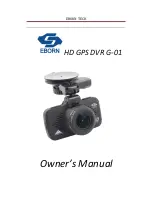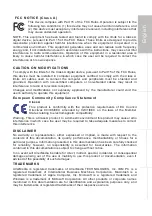
Photographing to conform to purposes
Exposure Compensation
The exposure compensator functions in a number of
important ways. It can be used to correct exposure
values (EVs) or the differences in brightness between a
primary subject and its background -especially when
over or under-exposures occur. It can also be used
when filters are employed or when engaged in available
light photography -or under high contrast conditions (i.e.
low or high key).
To set, press the compensator lock release button “A”,
and select the desired EV: graduations are 1/3 EV.
[When a filter is used]
Whether using the AE or manual mode simply compensate for the filter exposure factor as indicated in
the table below.
*After using exposure compensation, be sure to reset to "0".
Precautions for Using Polarized Light Filter (PL)
As this camera is the rangefinder type, it is impossible to check polarized light effect in the viewfinder.
However, it becomes possible to use the filter by means of following procedures.
Be sure to make prior test and check the effect beforehand.
1. Check the polarized light effect position.
Before fitting the PL filter to the lens, apply your eye to the filter and remember the position (a letter or
mark mentioned on the filter) or put a mask is on the filter front frame.
2. Fit to the lens.
Fit the filter so that the mark and the like put on the filter front frame will become to the same position.
•
As the transmitting amount of light differs according to rotating angle of the PL filter, exposure
compensation is necessary.
•
Make test photographing and calculate the compensation value.
•
You may use either a circular type or linear type polarized light filter.
33
Summary of Contents for 7 II
Page 1: ......
Page 42: ...Accessories System chart 40 ...











































